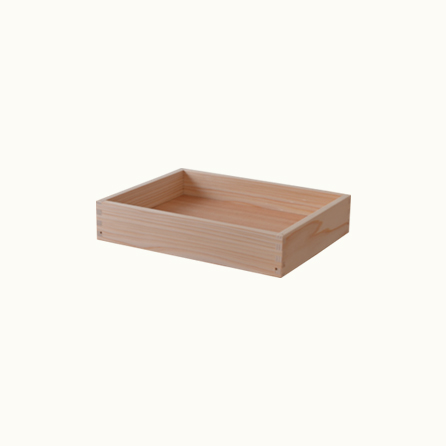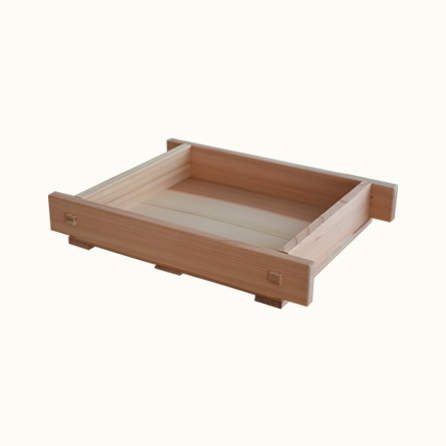![[Wholesale 18pc] Koji Tray (Morobuta/Kojibuta) Size S - Locally Made, 100% Natural Japanese Cedar Wood](http://thejapanstore.jp/cdn/shop/products/kojibutatopwholesale-01_800x.jpg?v=1656487551)
[Wholesale 18pc] Koji Tray (Morobuta/Kojibuta) Size S - Locally Made, 100% Natural Japanese Cedar Wood
In stock
| Product Details | |
|---|---|
| Name | Koji Tray (Morobuta/Kojibuta) Size S |
| MOQ | 18pc Price is negotiable for bigger quantities. Please contact us for more information. |
| Size | 28 cm x 21.5 cm x Height 5.5 cm |
| Material | Cedar Wood |
| Storage Guide | Keep in a cool dry place. Koji tray is made of wood, therefore do not store in humid places for it can cause mold to grow. If you find mold growing on your koji tray, try wiping it off with rubbing alcohol or shochu with a high level of alcohol. If the mold is already growing too deep, scrape it off. |
| Product Weight In Total | 4.86kg |
| *Delivery with EMS and surface mail has a maximum limit of 30kg. If your total order exceeds 30kg, we recommend separate shipments. | |

Wholesale Koji Tray
This product is the wholesale bulk item containing 18pc of Koji Tray (Morobuta/Kojibuta) Size S. If you want to purchase the single item version, you can go to the product page by clicking here.
What is Koji Tray (Morobuta/Kojibuta) Size S?
Koji tray small size is a professional-style container that is ideal for making koji at home. Called kojibuta or morobuta in Japanese, the koji tray is the proper tool to make koji. This product is currently hard to find in the market.
Crafted with Japanese cedarwood, this product is constructed by hand, one part after another by skillful artisans. This product has the perfect size for our Household Koji Fermenter PF100-48H. One fermenter has three sections, and each S-size koji tray can fit into one section of the fermenter.
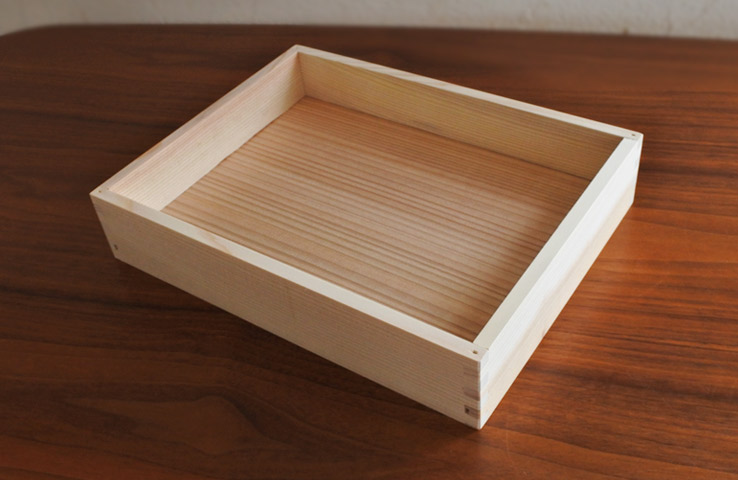
Uses “Nagara Cedar” from Gifu Prefecture
Nagara cedar refers to cedars produced in the Nagara River basin in Gujo District and Takegi District of Gifu Prefecture. The name means “long and good cedar”. Cedar is suitable for koji because it has no natural antibacterial effect like cypress.

One Koji Tray Can Make Up to 1kg of Rice Koji
You can make up to 1kg of rice koji in one container with an S-size lid. Combined with Household Koji Fermenter, you can make up to 3 kg of rice koji at a time.
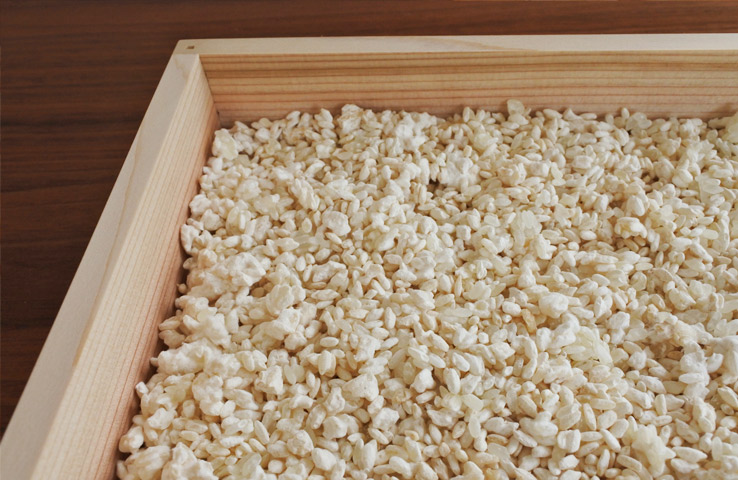
No Preservatives Used
No preservatives are applied to general building materials. You can use it safely.
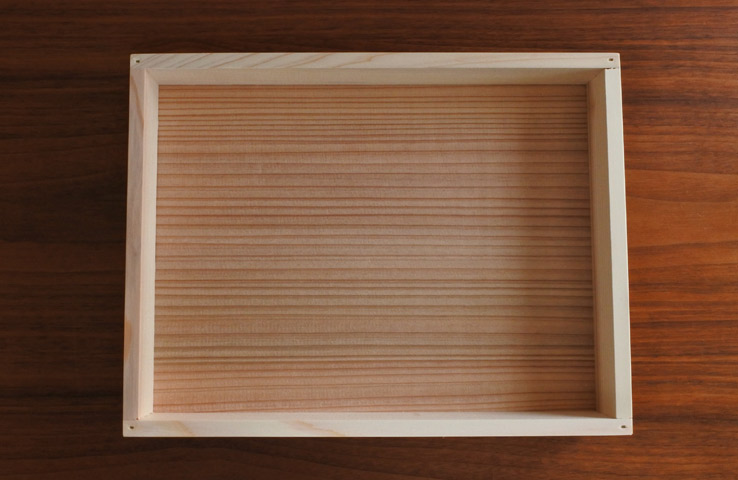
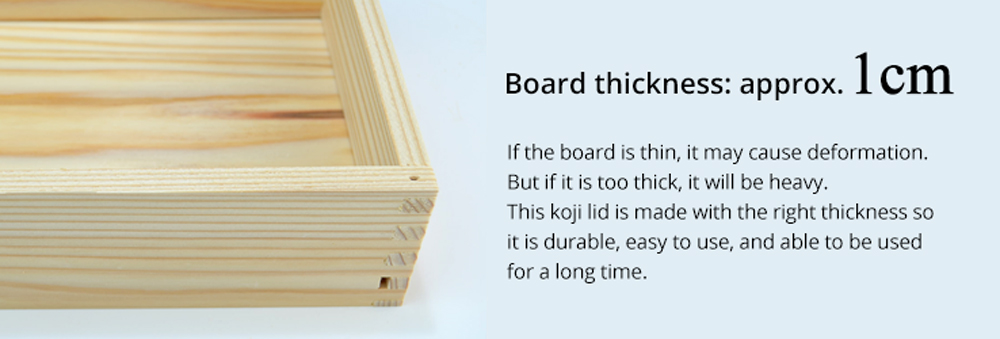
Suitable Design for Koji Fermentation
Specially designed with a slightly lifted center based on the tray used by koji maker professionals, making the koji easily spread on the tray's surface. This is important to avoid uneven heat distribution that can ruin the yeast propagation process during koji making.
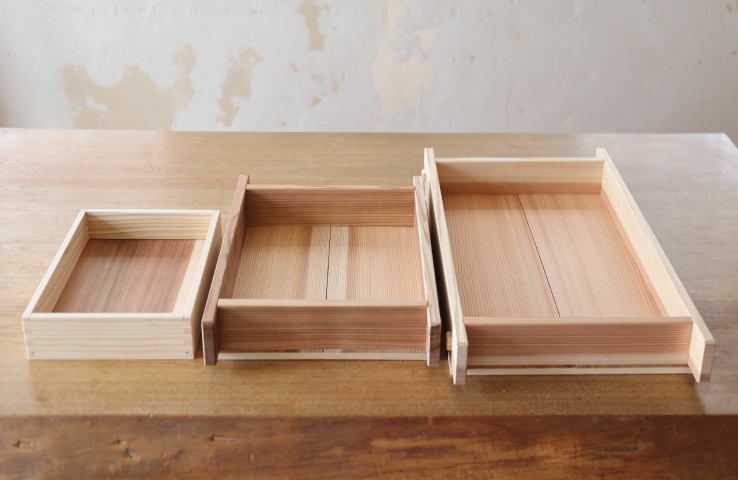
It is an easy-to-use tray diligently crafted with a wood planer to have smooth finishes.
Koji Tray Size S Details
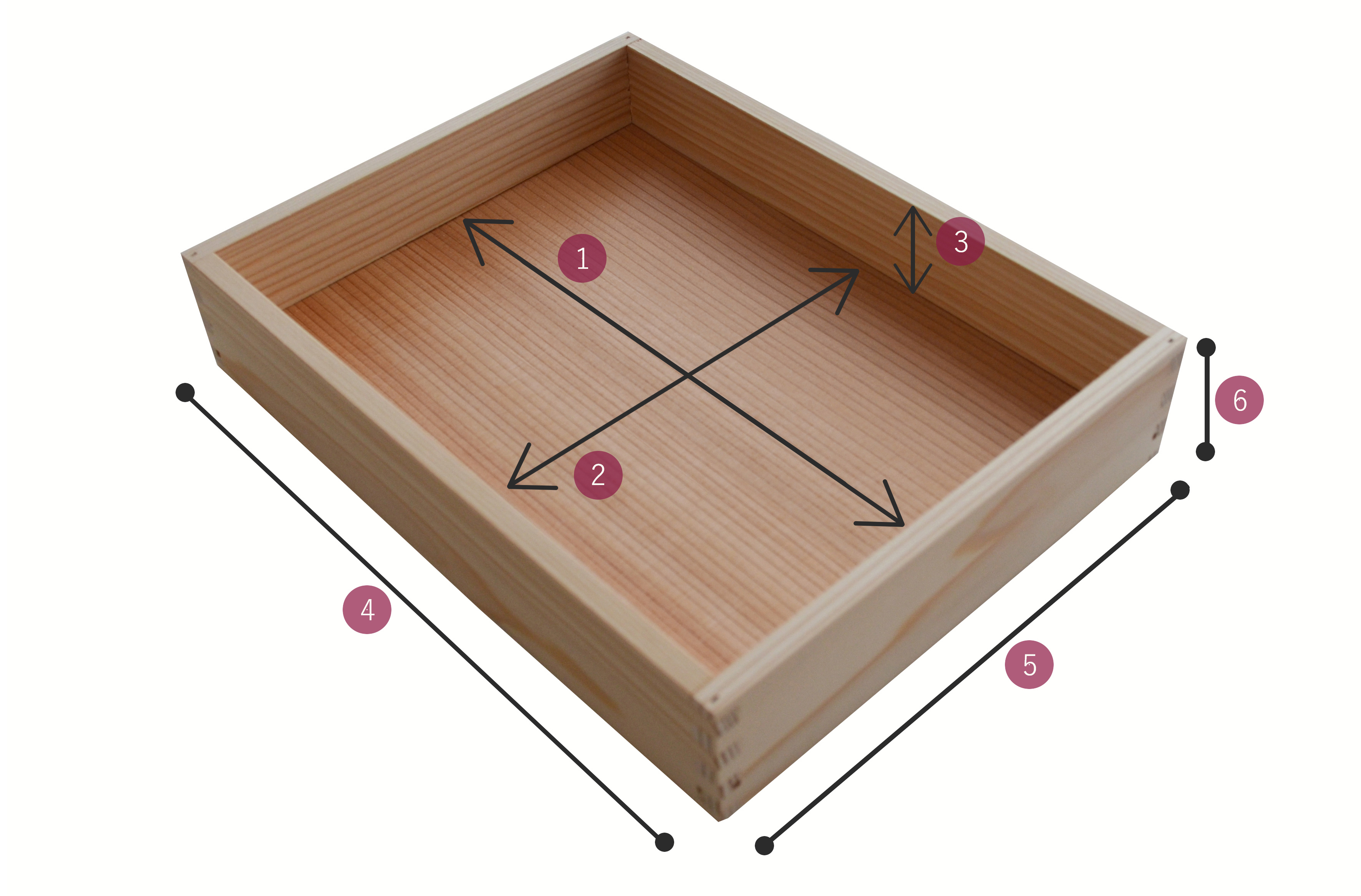
- 1. 26cm
- 2. 19,5 cm
- 3.4 cm
- 4. 28cm
- 5. 21,5 cm
- 6. 5,5 cm
How to Take Care of Koji Tray
● Koji tray is made of wood, therefore do not store in humid places for it can cause mold to grow.
● If you find mold growing on your koji tray, try wiping it off with rubbing alcohol or shochu with high level of alcohol.
● If the mold is already growing too deep, scrape it off.
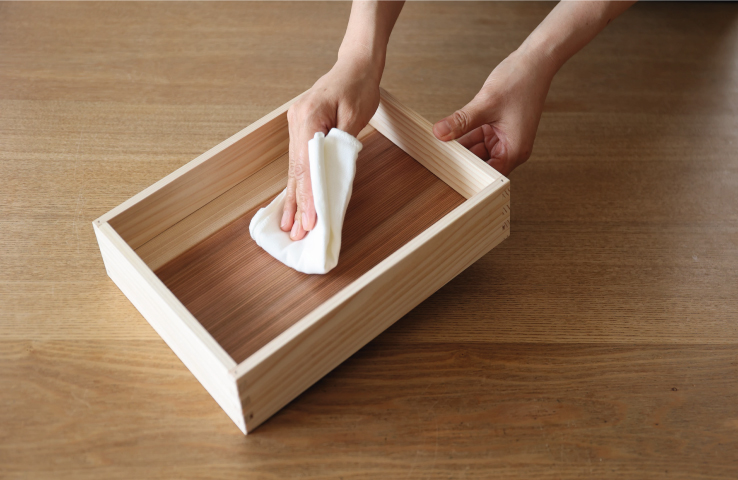
Tips: After each use, hand-wash with water and then wipe thoroughly with clean cloth. Let dry in a well-ventilated room. Do not use detergent and dishwasher for cleaning.
Role of the Koji Tray
Koji Tray, commonly known as kojibuta, is a small container that has been used for a long time in koji making (the process of propagating yeast cells on steamed rice).
Koji tray is the suitable tools to make rice koji, brown rice koji, soybean koji, barley koji, etc.
Koji making takes place in a hot and humid specialized room called Kojimuro, which takes 48 to 56 hours. However, due to the nature of the room, various parts like the center and corners, front and back, whether it's close to the ceiling or near the tatami floor, can have different temperatures and humidity.
Therefore, the rice is divided into small portions on this koji tray. The lid placement is regularly moved to adjust the rice condition to be the same in terms of temperature and humidity.
By moving and reloading every 3 hours, lids stacked in the room's corners are moved to the center. The lids in the back are moved to the front, and lids stacked in the upper row are moved to the lower row. By doing this, the yeast cell will be uniformly propagated in the rice koji.
Advantages of koji tray method:
● Compared to machine-made koji (manufactured by automatically controlling the heat generation of koji), the finish of koji is much better. Even in sake breweries, when it comes to sake in junmai or ginjo classification, most of the breweries are made using this lid method. After all, there are some aspects of brewing that are not yet understood by the power of science or machinery.
● The koji finish affects not only sake but also miso and soy sauce. The koji, which is of good quality even after the preparation, works well.
Disadvantages of koji tray method:
● Controlling the temperature. Because temperature control is difficult, it takes more energy and attention.
● A large number of koji tray requires more labor.
Important Notice Before Purchase
● This product is crafted from natural cedar wood, resulting in unique variations in wood grain and color for each koji tray. Please note that specific wood grain patterns cannot be requested.
● Due to the natural characteristics of cedar wood, minor splinters or wood chips may be present. These do not affect product's functionality. Thank you for your understanding.
Why shop with KAWASHIMAYA?
- We sell only authentic and high-quality products
- 100% Made in Japan products are as listed
- Organic and non-GMO products are as listed
- All products are new and have long expiry date
- All products are handled directly from our warehouse in Tokyo, Japan
- Easy and secure payment options with CC or PayPal
- Safe and insured international shipping methods
- English and Japanese customer support by email
- Wholesale discount prices available for selected products
- Find insightful articles from KAWASHIMAYA Blog
- Get exclusive discounts for KAWASHIMAYA Newsletter subscribers
- Easy shop on KAWASHIMAYA Amazon USA

